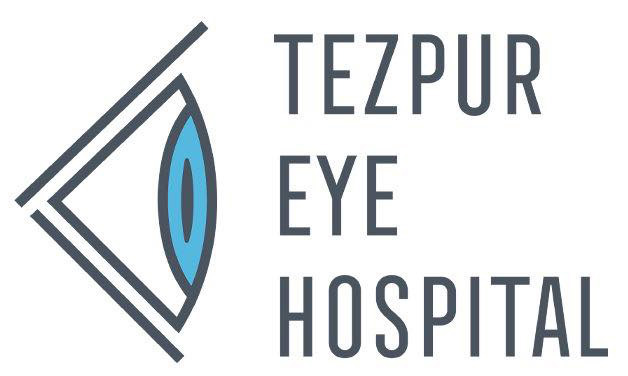Retinal Diseases
What are the common causes of these diseases?
Genetic causes, injuries, infection, tumours, systemic conditions, high refractive errors, and ageing changes account for most of these diseases.
How can these conditions be detected?
A detailed evaluation of the back of the eye after dilation of the pupil, using an instrument called the indirect ophthalmoscope is required. In patients with diabetes and age related central retinal changes, optical coherence tomography may be needed. If there is bleeding in the vitreous, ultrasonographic examination can help identify retinal changes.
How can these conditions be treated?
In changes of the blood vessels, the use of retinal lasers is often helpful, and these are also used to prevent serious eye disease in diabetics. In patients with infections, antibiotics; and in those with inflammation, steroids can be used. If there is serious vitreous bleeding or retinal detachment, surgery is required to restore vision. In age related central retinal disease, in addition to laser therapy, the injection of medications into the eye can be helpful.
General information
High myopes may be prone to central and peripheral retinal changes and should have a routine yearly eye exam. Similarly, diabetics and hypertensives should have a yearly eye exam in addition to good control of the systemic condition to protect their eyes and sight.
